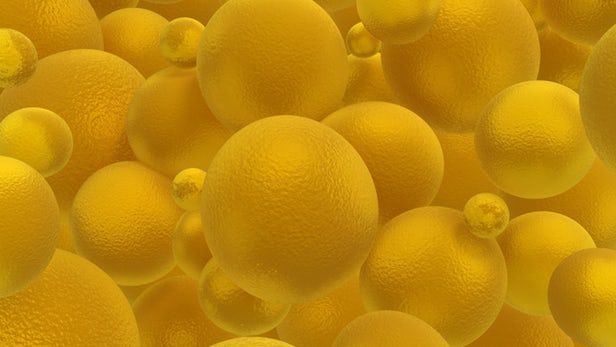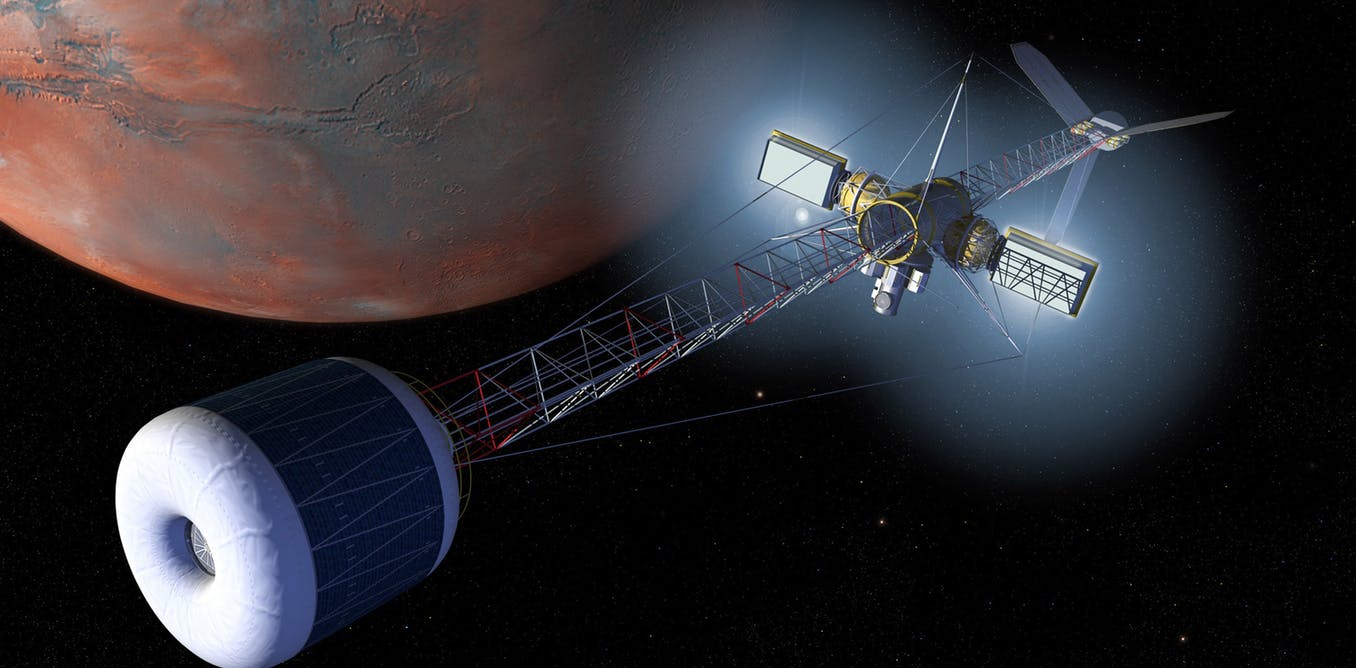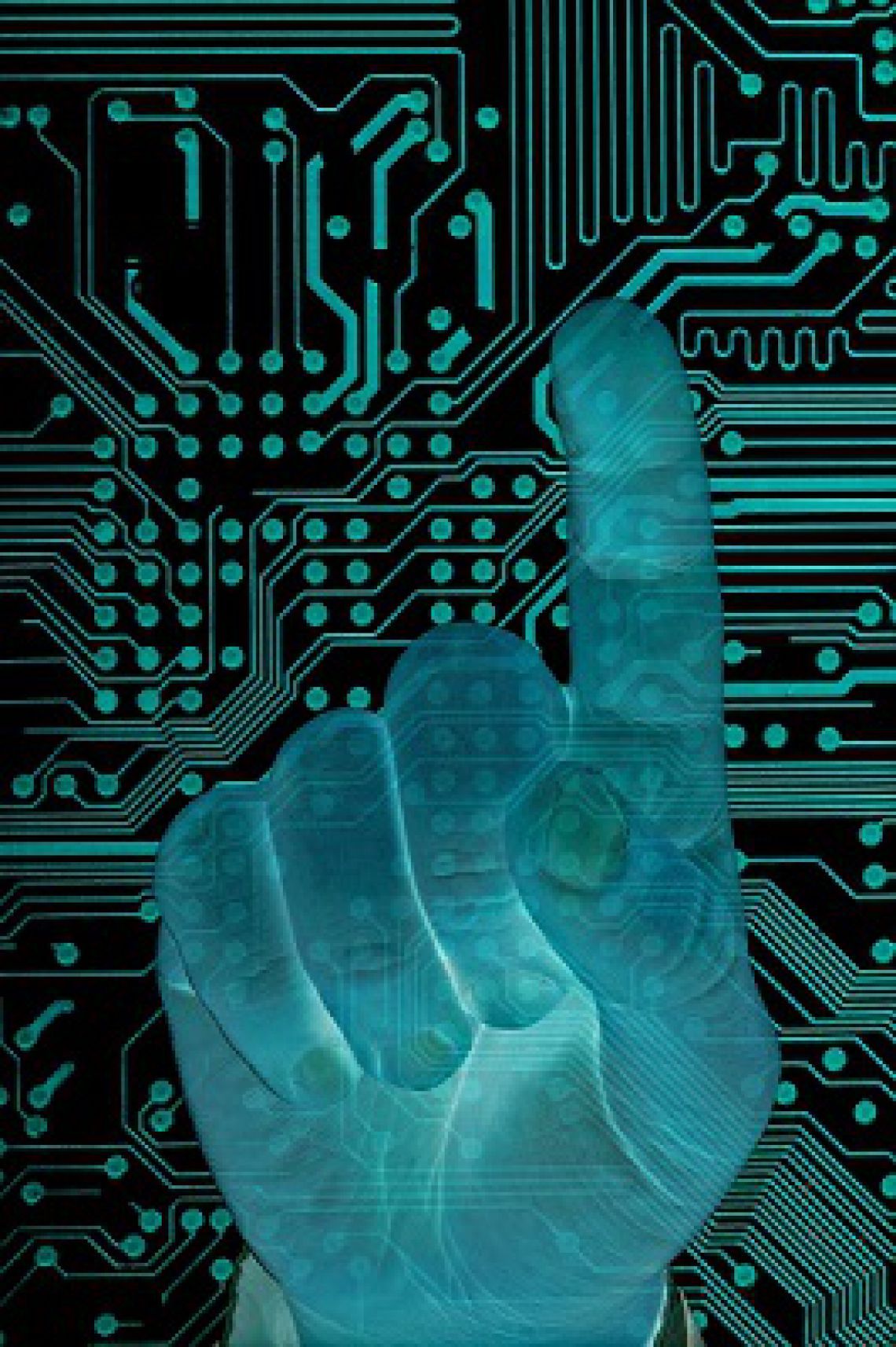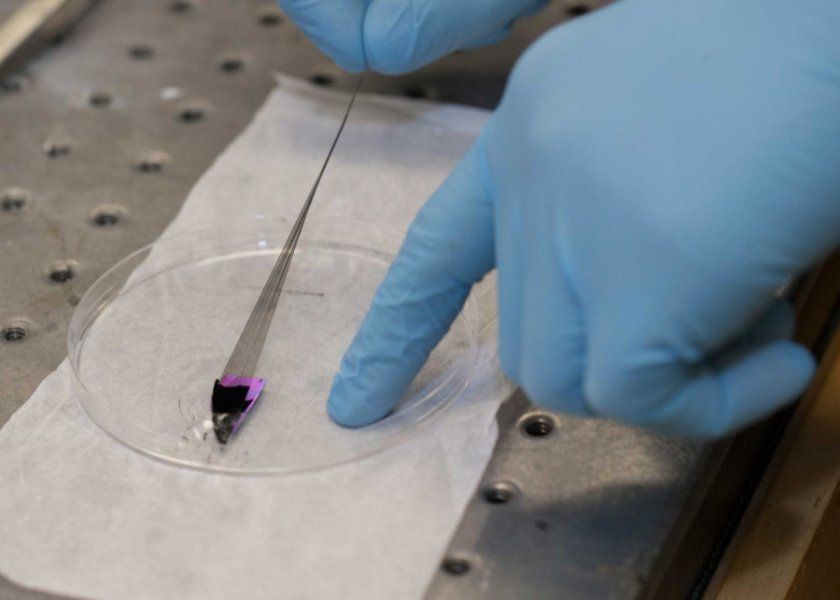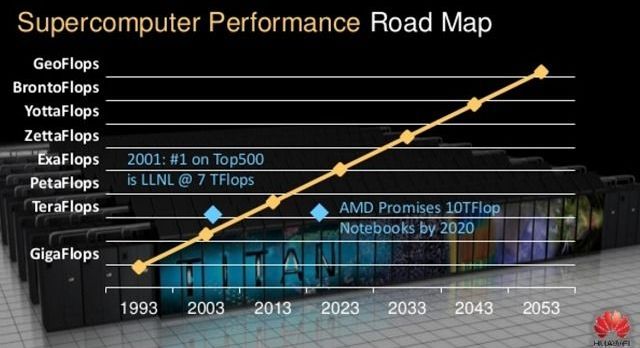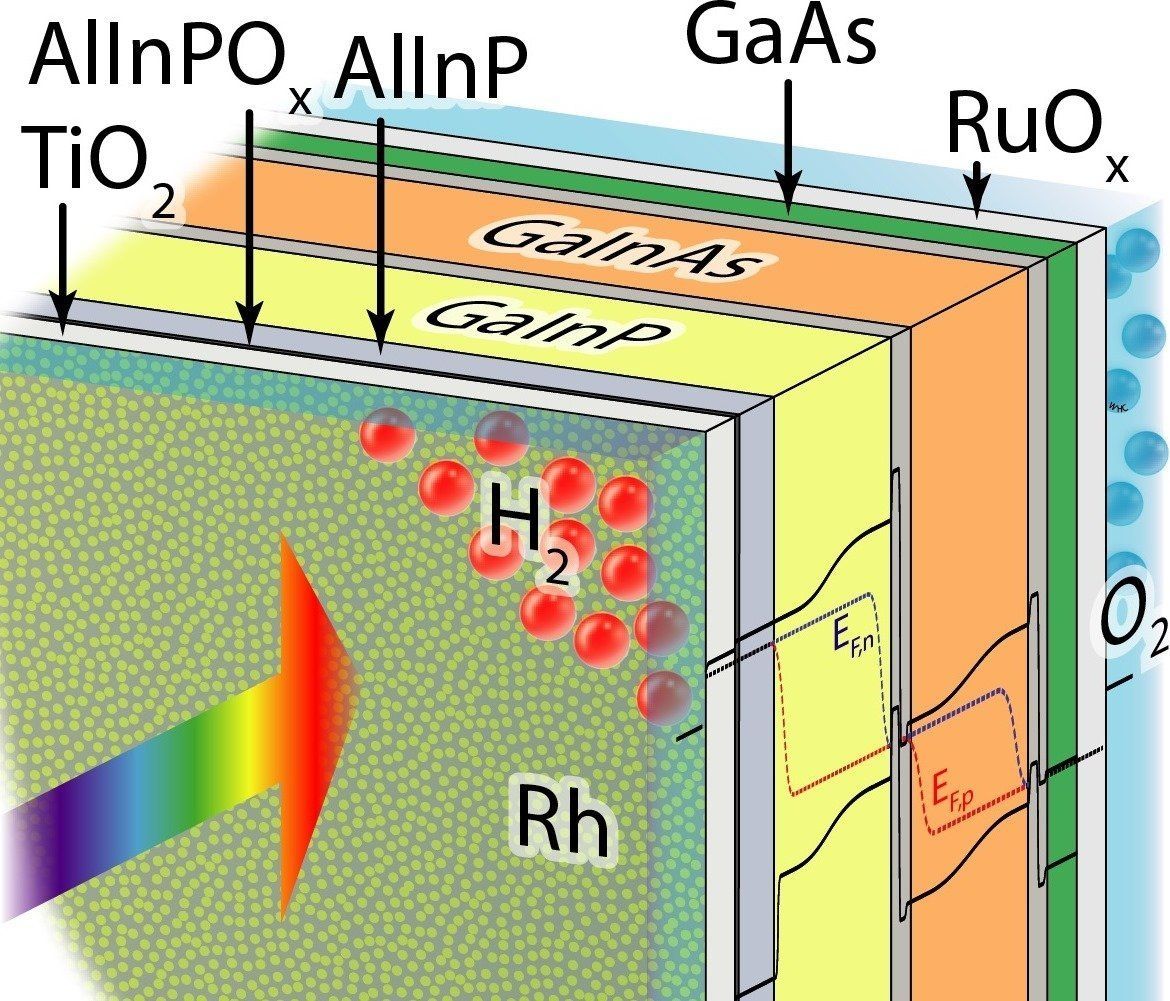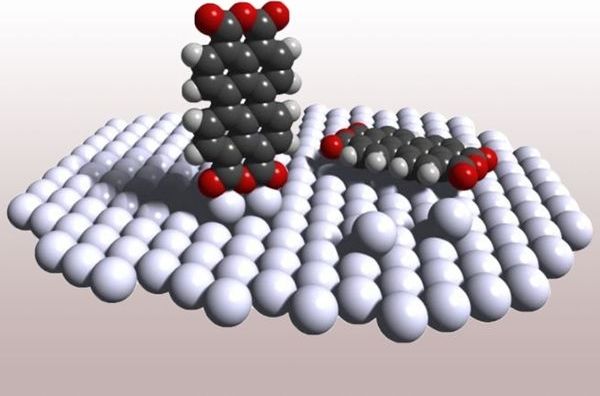Archive for the ‘nanotechnology’ category: Page 185
Jul 16, 2018
X-rays burst chemo-filled nanobubbles for targeted cancer drug delivery
Posted by Genevieve Klien in categories: biotech/medical, nanotechnology
Researchers at the Center for Nanoscale BioPhotonics (CNBP) have developed a new targeted treatment for cancer. Chemotherapy drugs are wrapped in “nano-bubbles” called liposomes, which are then injected into the desired part of the body and made to release their payload on demand, by applying X-ray radiation.
Liposomes are regularly used to protect drugs and carry them to where in the body they’re needed. Over the years, we’ve seen them used to protect insulin doses from the harsh environment of the gut long enough for it to enter the bloodstream, disarm bacteria without using antibiotics, and escort cancer-killers to tumors.
“Liposomes are already well established as an extremely effective drug-delivery system,” says Wei Deng, lead author of the study. “Made out of similar material as cell membranes, these ‘bubbles’ are relatively simple to prepare, can be filled with appropriate medications and then injected into specific parts of the body. The issue however, is in controlling the timely release of the drug from the liposome.”
Jul 13, 2018
Method of making oxygen from water in zero gravity raises hope for long-distance space travel
Posted by Genevieve Klien in categories: nanotechnology, space travel
In the new study, the researchers dropped the full experimental set up for photocatalysis down a 120m drop tower, creating an environment similar to microgravity. As objects accelerate towards Earth in free fall, the effect of gravity diminishes as forces exerted by gravity are cancelled out by equal and opposite forces due to the acceleration. This is opposite to the G forces experienced by astronauts and fighter pilots as they accelerate in their aircraft.
The researchers managed to show that it is indeed possible to split water in this environment. However, as water is split to create gas, bubbles form. Getting rid of bubbles from the catalyst material once formed is important – bubbles hinder the process of creating gas. On Earth, gravity makes the bubbles automatically float to the surface (the water near the surface is denser than the bubbles, which makes them buyonant) – freeing the space on the catalyst for the next bubble to be produced.
In zero gravity this is not possible and the bubble will remain on or near the catalyst. However, the scientists adjusted the shape of nanoscale features in the catalyst by creating pyramid-shaped zones where the bubble could easily disengage from the tip and float off into the medium.
Jul 13, 2018
Nanomaterials that mimic nerve impulses (spikes) discovered
Posted by Manuel Canovas Lechuga in categories: computing, nanotechnology, neuroscience
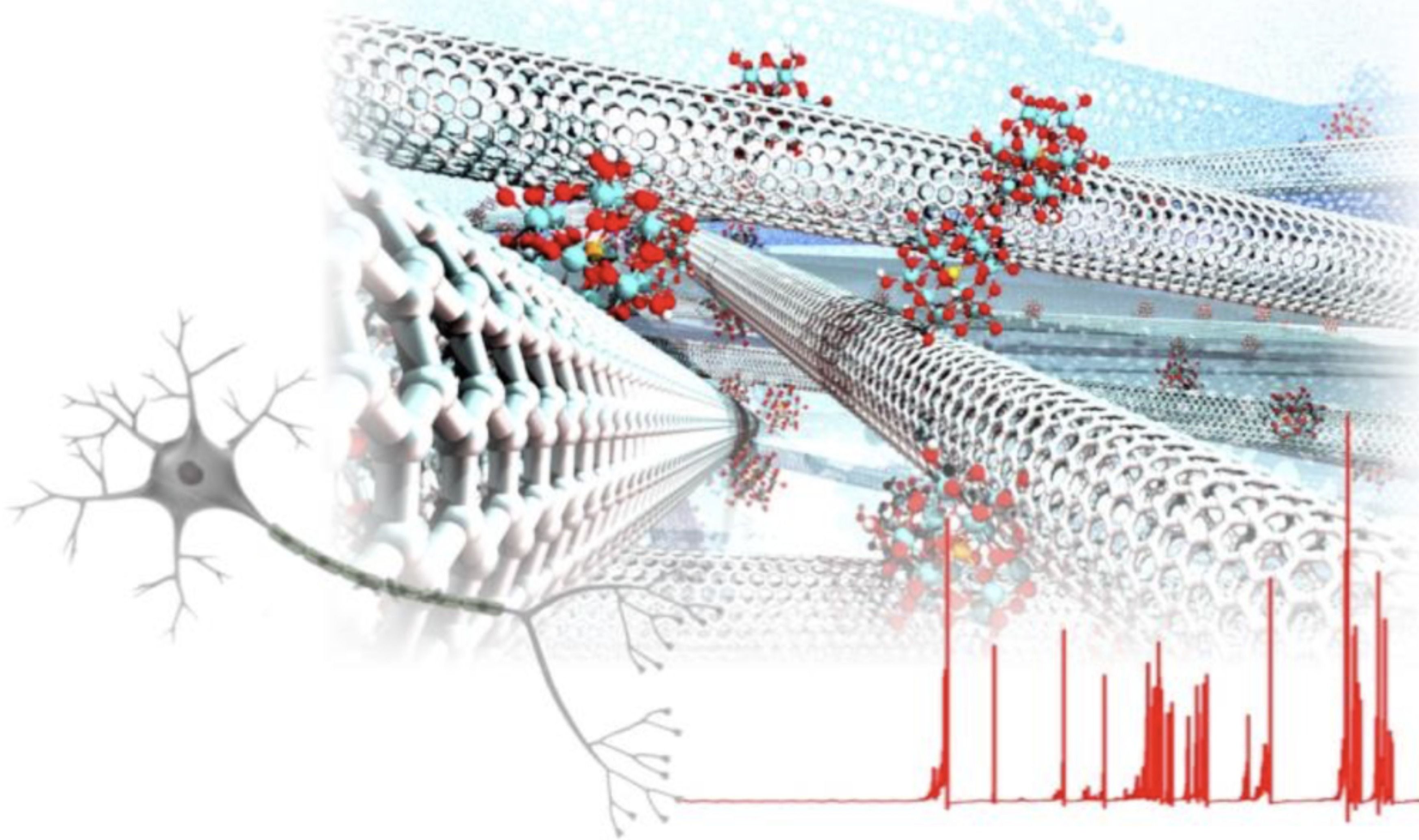
A combination of nanomaterials that can mimic nerve impulses (“spikes”) in the brain have been discovered by researchers at Kyushu Institute of Technology and Osaka University in Japan.
Current “neuromorphic” (brain-like) chips (such as IBM’s neurosynaptic TrueNorth) and circuits (such as those based on the NVIDIA GPGPU, or general purpose graphical processing unit) are devices based on complex circuits that emulate only one part of the brain’s mechanisms: the learning ability of synapses (which connect neurons together).
Continue reading “Nanomaterials that mimic nerve impulses (spikes) discovered” »
Jul 11, 2018
Report on the 11th Annual Concertation and Consultation Workshop on Micro-Nano-Bio-Systems: MNBS 2017
Posted by Roman Mednitzer in categories: biotech/medical, nanotechnology
This report covers the 11th edition of the EU-funded MicroNanoBio Systems cluster annual MNBS Bioelectronics Workshop, which took place in Amsterdam at the Beurs van Berlage on 12th-13th December 2017 and was included as part of the International Micro Nano Conference 2017, of which the main topics were Microfluidics and Analytical Systems, Fabrication and Characterization at the Nanoscale, and Organ-on-a-Chip.
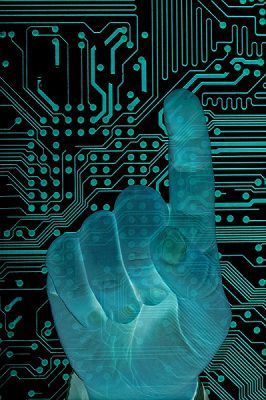
Jul 10, 2018
Carbon nanotubes used to develop clothing that can double as batteries
Posted by Shailesh Prasad in categories: engineering, military, nanotechnology
Move over, Iron Man.
What makes this possible are the unique properties of carbon nanotubes: a large surface area that is strong, conductive and heat-resistant.
UC’s College of Engineering and Applied Science has a five-year agreement with the Air Force Research Laboratory to conduct research that can enhance military technology applications.
Continue reading “Carbon nanotubes used to develop clothing that can double as batteries” »
Jul 9, 2018
Non-von Neumann zettaFLOPS supercomputers, yottaFLOPS cryogenic supercomputers and beyond with molecular nanotechnology
Posted by Klaus Baldauf in categories: nanotechnology, supercomputing
Jul 6, 2018
High-power thermoelectric generator utilizes thermal difference of only 5C
Posted by Bill Kemp in categories: internet, nanotechnology, robotics/AI, wearables
A team of Japanese researchers from Waseda University, Osaka University, and Shizuoka University designed and successfully developed a high-power, silicon-nanowire thermoelectric generator which, at a thermal difference of only 5 degrees C, could drive various IoT devices autonomously in the near future.
Objects in our daily lives, such as speakers, refrigerators, and even cars, are becoming “smarter” day by day as they connect to the internet and exchange data, creating the Internet of Things (IoT), a network among the objects themselves. Toward an IoT-based society, a miniaturized thermoelectric generator is anticipated to charge these objects, especially for those that are portable and wearable.
Due to advantages such as its relatively low thermal conductance but high electric conductance, silicon nanowires have emerged as a promising thermoelectric material. Silicon-based thermoelectric generators conventionally employed long, silicon nanowires of about 10–100 nanometers, which were suspended on a cavity to cutoff the bypass of the heat current and secure the temperature difference across the silicon nanowires. However, the cavity structure weakened the mechanical strength of the devices and increased the fabrication cost.
Continue reading “High-power thermoelectric generator utilizes thermal difference of only 5C” »
Jul 6, 2018
New world record for direct solar water-splitting efficiency
Posted by Bill Kemp in categories: nanotechnology, solar power, sustainability
Hydrogen will play a central role as a storage medium in sustainable energy systems. An international team of researchers has now succeeded in raising the efficiency of producing hydrogen from direct solar water-splitting to a record 19 percent. They did so by combining a tandem solar cell of III-V semiconductors with a catalyst of rhodium nanoparticles and a crystalline titanium dioxide coating. Teams from the California Institute of Technology, the University of Cambridge, Technische Universität Ilmenau, and the Fraunhofer Institute for Solar Energy Systems ISE participated in the development work. One part of the experiments took place at the Institute for Solar Fuels in the Helmholtz-Zentrum Berlin.
Photovoltaics are a mainstay of renewable-energy supply systems, and sunlight is abundantly available worldwide – but not around the clock. One solution for dealing with this fluctuating power generation is to store sunlight in the form of chemical energy, specifically by using sunlight to produce hydrogen. This is because hydrogen can be stored easily and safely, and used in many ways – whether in a fuel cell to directly generate electricity and heat, or as feedstock for manufacturing combustible fuels. If you combine solar cells with catalysts and additional functional layers to form a “monolithic photoelectrode” as a single block, then splitting water becomes especially simple: the photocathode is immersed in an aqueous medium and when light falls on it, hydrogen is formed on the front side and oxygen on the back.
Jul 3, 2018
Nanotechnology Takes Giant Leap Foward
Posted by Klaus Baldauf in categories: nanotechnology, particle physics
Scientists have been able to move atoms around for 30 years, but moving molecules has proven much more difficult.

